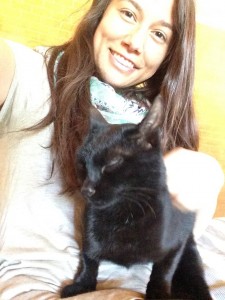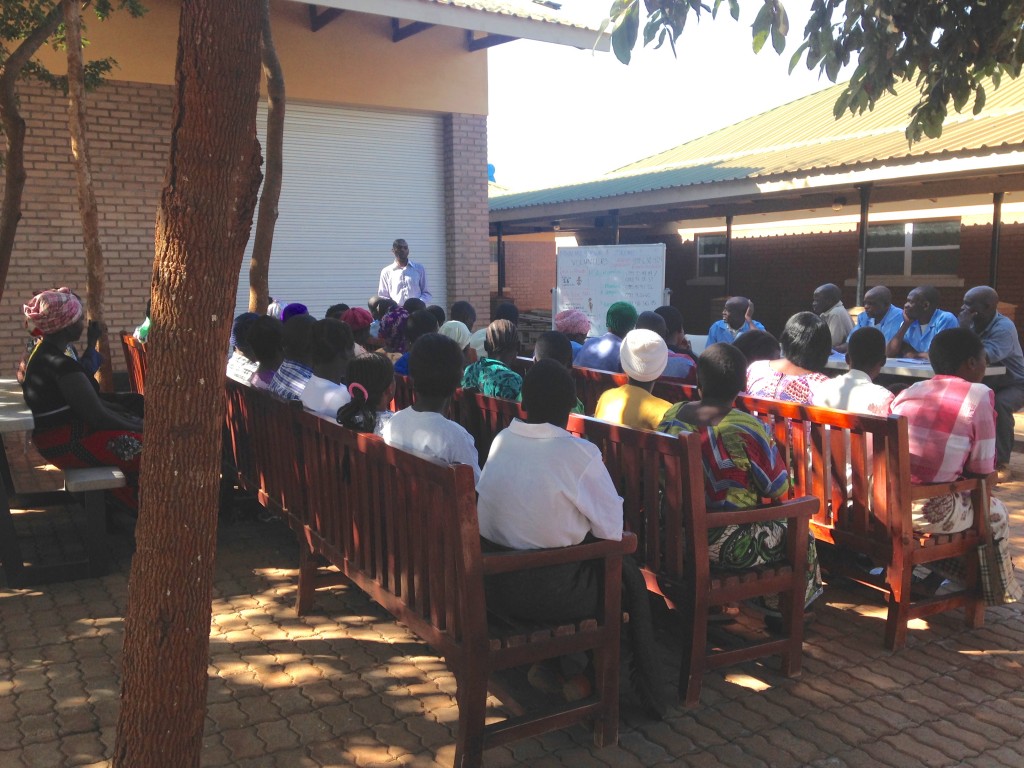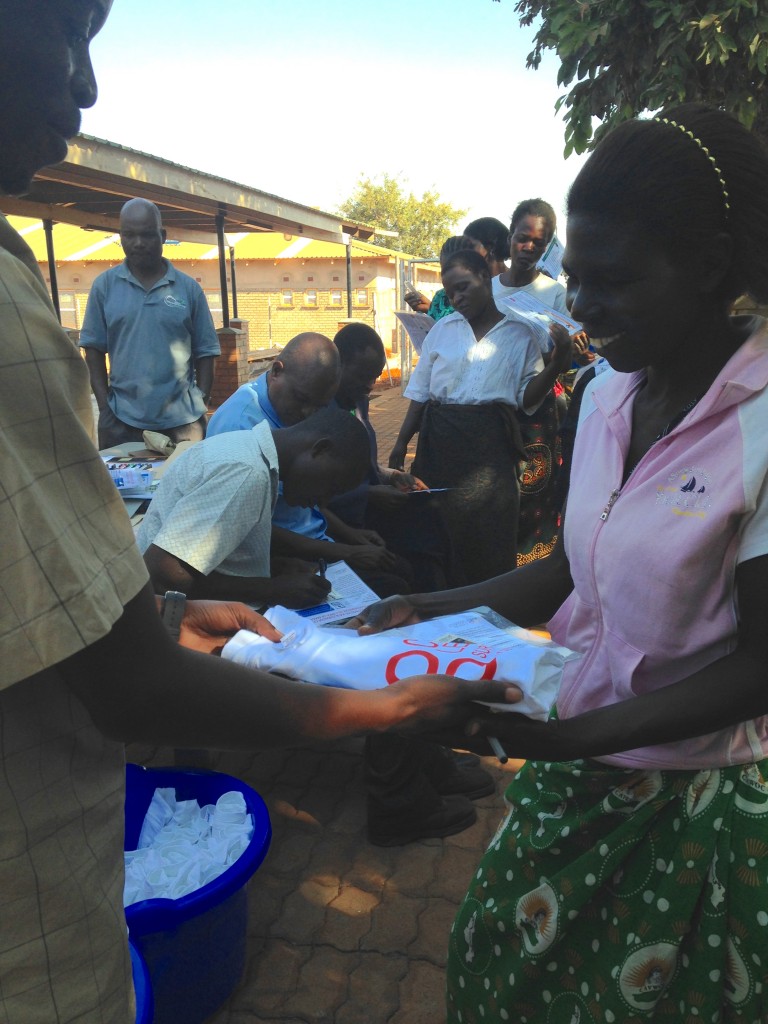I was happy to hear about the Undergraduate Student Government’s resolution to encourage Ohio State’s administration to open a women’s center. I saw the vote was Aye: 37 Nay: 1 Abstain: 9 and was proud to see the way our undergraduate population was becoming more aware of male privilege and the gendered experiences we live every day. Feminism is a now mainstream concept on social media and in everyday life, but this wasn’t the case when I was an undergrad, so it was good to see progress.
But then I learned more. I learned that the debate over this proposal took two and half hours. The worst part I learned was that a USG representative said, on record, that women aren’t marginalized.
It deeply saddens me to have to do this, but let me point out three very current and well-known events that illustrate women’s marginalization:
- Kesha’s legal bounds to her alleged abuser
- A Peer-Reviewed, NSF-funded study showing Males Under-Estimate Academic Performance of Their Female Peers in Undergraduate Biology Classrooms
- And, have you heard about the war on women’s healthcare? New Ohio legislation will severely limit access to healthcare for women in need.”This legislation will have devastating consequences for women across Ohio,” Planned Parenthood President Cecile Richards said.
Sounds like marginalization to me.

There are plenty of campus-based manifestations of women’s marginalization, too. 1 in 4 female undergrads on Ohio State’s campus report having been sexual assaulted, and 1 in 10 report having been raped. And while it might be the case that women are leading the USG, the glass ceiling is alive and well in the administration they send their resolutions to. We have strong allies in this group of leaders, but the lack of representation is its own source of marginalization of women at Ohio State.
We can’t get 77% of the way there, tune out to remaining disparities and say “good enough.” I have higher expectations for Ohio State’s undergraduates, and I encourage all students to hold their representatives accountable for how they speak and make decisions on the behalf of others. It is especially important that a representative for the Off-Campus Living Area is in tune with the issues that impact students living off campus, since so many of these incidents take place off of university property.
I know it’s cliché to say this around election time, but I am sincerely pleading the undergraduate student body to know their representatives and hold them accountable year-round. Part of adulthood in a democracy is knowing what people are saying when they speak on your behalf.















 Otherwise, we just do more of whatever we did in the morning. In the afternoon there are fewer people around, as some staff get assigned to work outside the clinic.
Otherwise, we just do more of whatever we did in the morning. In the afternoon there are fewer people around, as some staff get assigned to work outside the clinic. We’ve often come back to the room to find Midnight on one of our beds, which is just like home for me. I recently found out that this was ‘against the rules’ though, oops.
We’ve often come back to the room to find Midnight on one of our beds, which is just like home for me. I recently found out that this was ‘against the rules’ though, oops.




